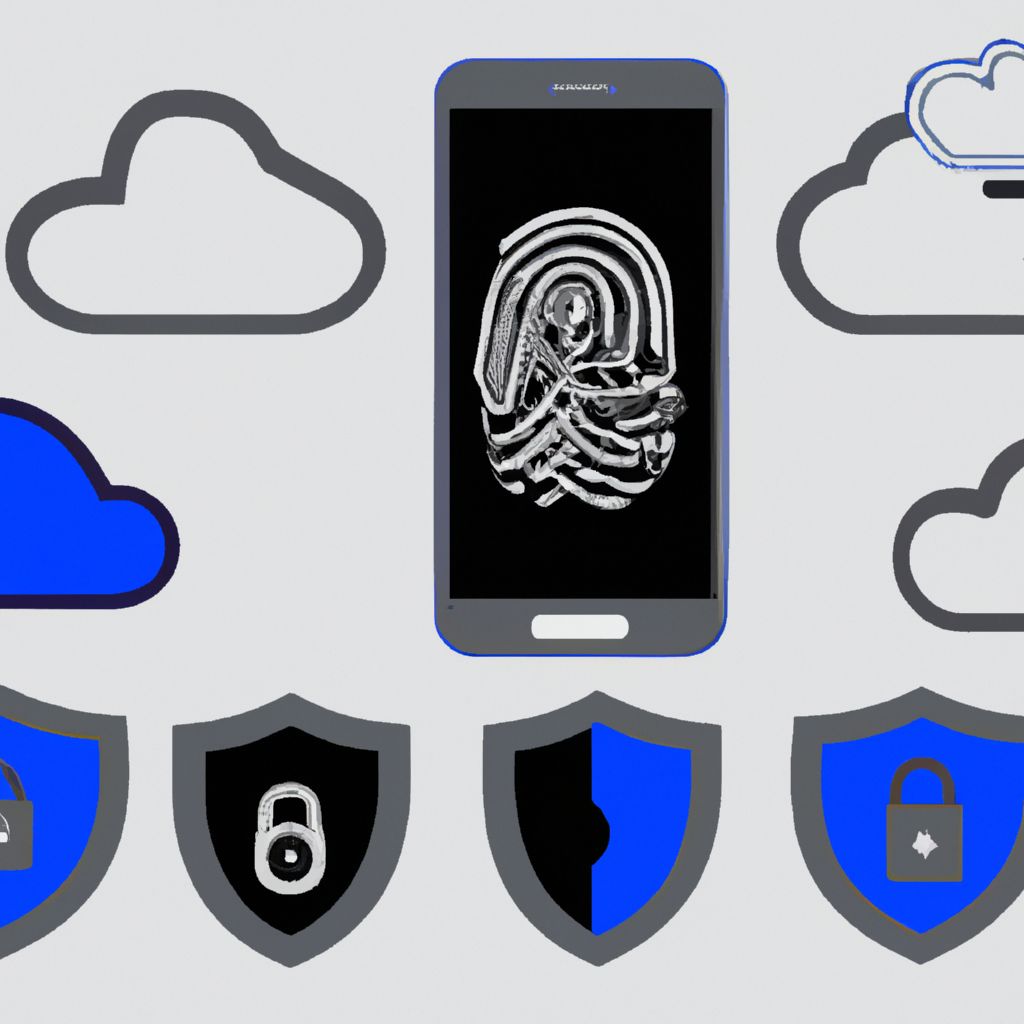Welcome back to our series on personal digital security! In Part 1, we covered essential steps to secure your personal computer. Now, let's turn our attention to the device that rarely leaves our side: the smartphone. Whether you use iOS or Android, your phone is a gateway to a vast amount of personal information, making its security paramount. Here’s how to bolster your phone's defenses.
1. Lock It Down: Strong Screen Lock
Your screen lock is the first barrier against unauthorized physical access. Avoid simple patterns or easily guessable PINs like "1234" or your birthdate.
- Recommendation: Use a strong, unique passcode (at least 6 digits on iOS, or a complex pattern/password on Android). Better yet, enable biometric security like Face ID (iOS) or Fingerprint Unlock (iOS/Android) if your device supports it. These are convenient and significantly harder to bypass.
2. Double Up: Multi-Factor Authentication (MFA)
Many critical accounts (email, banking, social media) are accessed via phone apps. MFA adds a crucial layer of security beyond just your password. It typically requires something you know (password) plus something you have (like a code from an authenticator app or SMS) or something you are (biometrics).
- Recommendation: Enable MFA wherever possible, especially for sensitive accounts. Use authenticator apps (like Google Authenticator, Microsoft Authenticator, or Authy) over SMS-based codes when available, as they are generally more secure.
3. Stay Current: Update OS and Apps
Software updates aren't just about new features; they often contain vital security patches that fix vulnerabilities exploited by attackers.
- Recommendation: Enable automatic updates for both your phone's operating system (iOS/Android) and your installed applications. If you prefer manual updates, check for them regularly (at least weekly).
4. Stick to Official Sources: App Stores
Malicious apps designed to steal data or compromise your device often lurk outside official app stores.
- Recommendation: Only download apps from the official Apple App Store (iOS) or Google Play Store (Android). Be cautious even within these stores – check reviews and developer reputations before installing. Avoid "sideloading" apps from unknown websites or third-party sources.
5. Review Permissions: Least Privilege Principle
Apps often request access to your location, contacts, camera, microphone, and storage. Not all apps need all the permissions they ask for.
- Recommendation: Regularly review app permissions in your phone's settings. Grant permissions only when necessary for the app's core functionality. If an app asks for access that seems unrelated to its purpose (e.g., a flashlight app wanting contact access), deny it or uninstall the app.
6. Be Wary on Public Wi-Fi: Use a VPN
Free public Wi-Fi hotspots (cafes, airports) are convenient but often unsecured, making it easier for attackers on the same network to intercept your data.
- Recommendation: Avoid accessing sensitive accounts (like banking) or entering passwords on public Wi-Fi. For better protection, use a reputable Virtual Private Network (VPN) app. A VPN encrypts your internet traffic, making it unreadable even if intercepted.
7. Plan for Loss or Theft: Remote Wipe
Losing your phone is stressful enough without worrying about your data falling into the wrong hands. Both iOS and Android offer tools to manage lost devices.
- Recommendation: Ensure "Find My iPhone" (iOS) or "Find My Device" (Android) is enabled and configured. These services allow you to locate your phone on a map, remotely lock it with a message, or, as a last resort, remotely erase all its data.
8. Back It Up: Protect Your Data
Device failure, loss, or theft can lead to data loss if you haven't backed up.
- Recommendation: Set up automatic backups for your important data (photos, videos, contacts, app data). Use cloud services like iCloud (iOS) or Google Drive/Google One (Android), or perform regular backups to your computer.
9. Beware Mobile Scams: Phishing and Smishing
Phishing isn't limited to email. Scammers use SMS text messages ("smishing") and even messaging apps to trick you into revealing sensitive information or clicking malicious links.
- Recommendation: Be skeptical of unsolicited messages asking for personal details, login credentials, or urging you to click a link or download an attachment. Verify requests through official channels if unsure. Never provide sensitive information via text or unverified links.
Conclusion
Your smartphone is an indispensable tool, but it requires conscious effort to keep secure. By implementing these practical steps – from strong screen locks and MFA to cautious app management and regular backups – you significantly reduce your risk of mobile threats. Stay vigilant, stay updated, and keep your digital life protected, one tap at a time.
Disclaimer: This post represents the view of the individual author that wrote it and not necessarily the view of Rarefied Inc.
Looking for professional security testing?
Based on your interest in this topic, you might benefit from our specialized security services:
